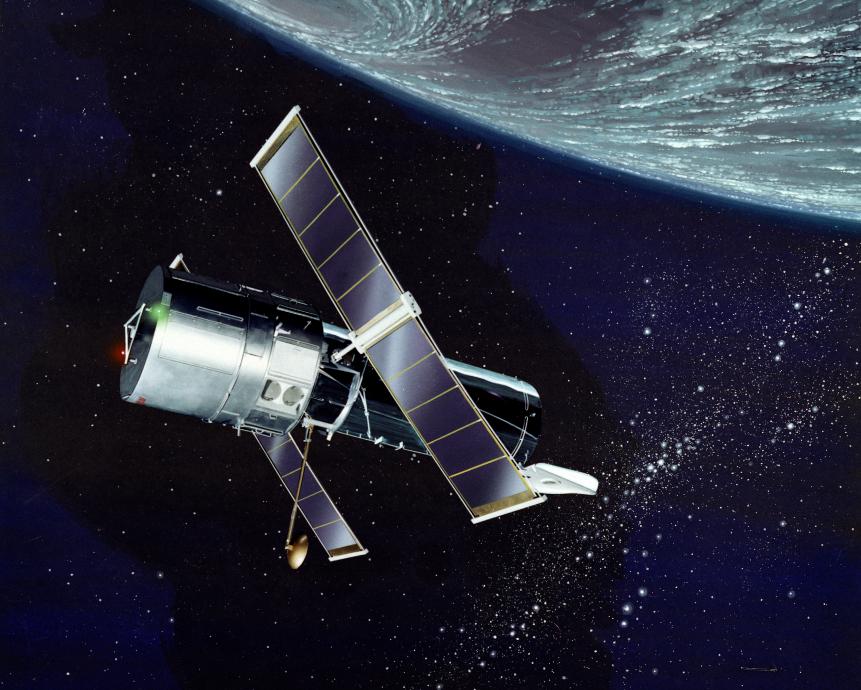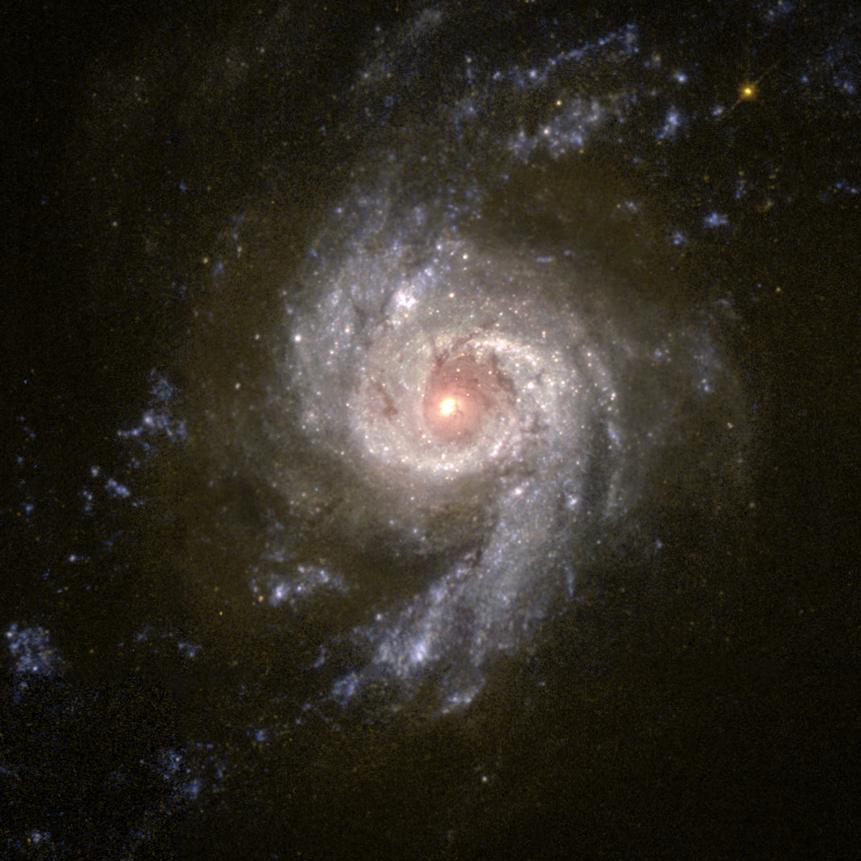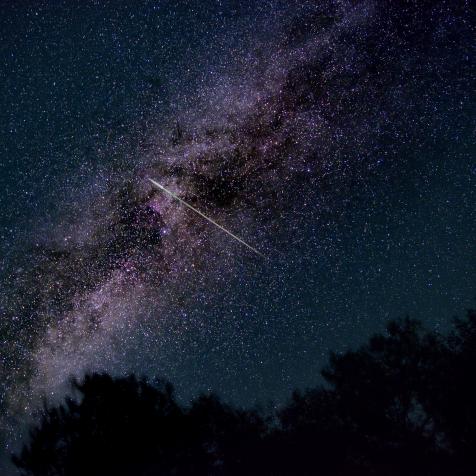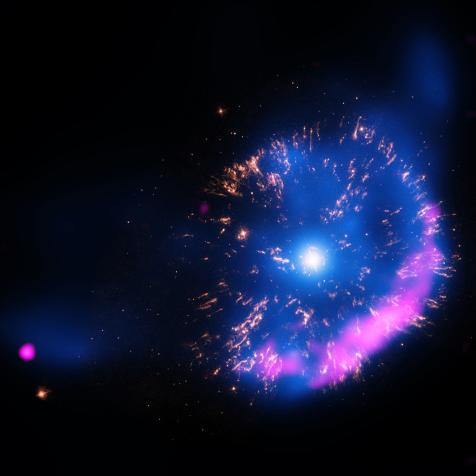
NASA Goddard
How Astronomers Use a Trick of Gravity to See the Most Distant Objects in the Universe

Let’s say you’re an astronomer (work with me here) and you want to take a picture of something incredibly, deeply far away. You know, the typical business of astronomy.
You have at your disposal two tried-and-true methods to beef up your observing capacity. One is the size of your telescope. The bigger you make it, the more light it will collect. That makes it easier to catch faint, distant things.
Your other option is observation time. If you stare at a single point for hour after hour, you can collect all the light coming from that point. You add it all together using your fancy digital camera and there you have it: an image of a very deep object.
But what if you’ve maxed out both of those methods. What if you’re using the biggest possible telescope for the longest amount of time, and this is all the light you’re ever going to collect? Are you stuck here? Is this the ultimate limit of your observing capacity?

Hubble Space Telescope
If you were an astronomer before modern times, then yes. If you couldn’t see something, you simply couldn’t see something. And with ever larger telescopes, we’ve been able to push back into the distant reaches of the cosmos.
Almost.
Even with today’s technology, with telescopes in space and monster laser-guided observatories on the ground, we can’t see the most distant galaxies in the Universe. They’re simply too far away and too faint for us to directly image.
Thankfully, nature helps us out, but only if we’re lucky.
One of the most astounding aspects of Einstein’s general theory of relativity is that gravity can act like a lens. The presence of a massive object, like a planet or a star or a gigantic cluster of galaxies, bends and warps space around it. Beams of light are obligated to follow the curvature caused by those objects, and so those objects act exactly like lenses do: bending the path of light around them.

Hubble Space Telescope
If we look at a giant cluster of galaxies, which can easily weigh over a quadrillion times the mass of the sun, we’re looking at a giant gravitational lens. If there’s some object in the background (say, a random galaxy sitting far behind it), then the light coming from that background object has to pass around and through the intervening cluster.
We see this light get all kinds of crazy distorted, forming rings and loops and fun twisting shapes. To give yourself an idea of what this looks like, pick up your nearest wine glass and look through the stem – it turns out that the math of gravitational lensing causes light to behave in a very similar way.
All this bending of light also causes a magnification effect, as light from different directions gets concentrated into a single point. With this technique, astronomers can leap-frog past the galaxy cluster and get glimpses into the more distant universe. For example, astronomers have used this method recently to find the most distant star ever recorded.
We only get glimpses, however, as it relies on finding these lucky coincidences between galaxy clusters and background objects. But we’ll take what we can get…as we continue building even more powerful telescopes.




















